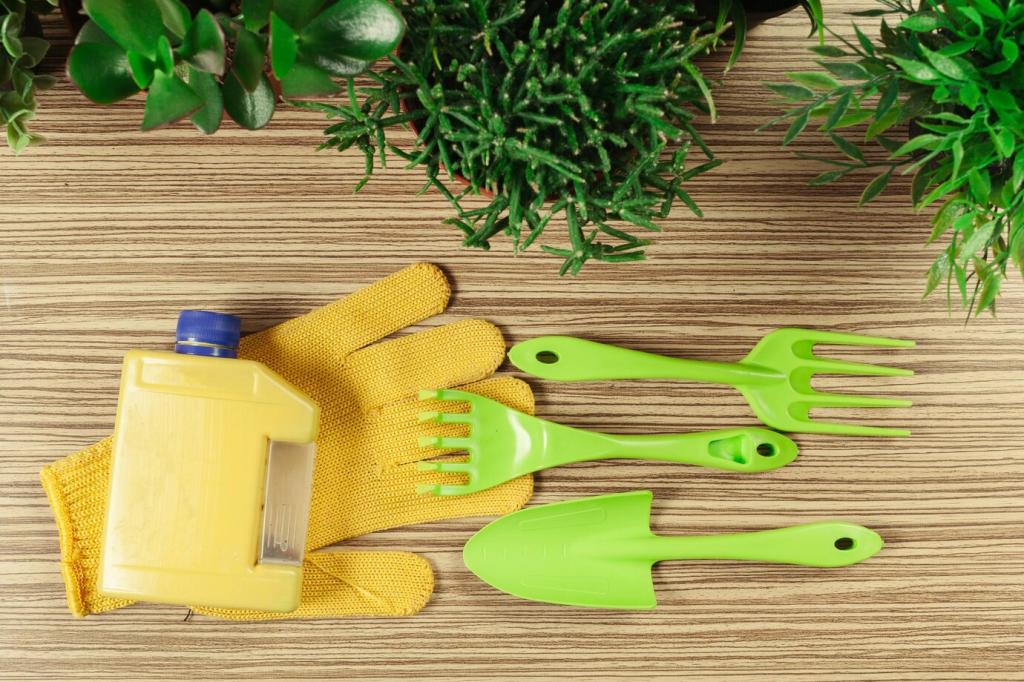Chosen theme: All-Natural Remedies for Furniture Scratches. Welcome to a friendly, practical guide for rescuing cherished pieces with kitchen staples and gentle care. Dive in, try a tip today, and subscribe for fresh natural restoration ideas every week.
How scratches affect fibers and finish
Light scratches usually compress or scuff surface fibers, while deep gouges remove material. Natural oils can rehydrate dulled areas, and gentle tints can visually blend exposed lighter fibers back into surrounding grain.
Finish types influence your results
Varnish, shellac, and polyurethane each react differently to moisture and oils. Most natural fixes address surface scuffs and color loss, not structural damage. Always test in hidden areas to gauge absorption, sheen, and color shift.
When a natural remedy is enough
Hairline scuffs, light abrasions, and small white marks often respond well to oils, waxes, and plant-based tints. Deep gouges might need filler, but even then, natural color blending can soften edges and improve the overall appearance.
Pantry-Powered Fixes That Truly Work
Walnuts and pecans for quick luster revival
Warm a walnut between your fingers, then rub along the grain. Its natural oils wick into micro-abrasions, subtly darkening and smoothing the area. Buff with a soft cloth, and share your before-and-after story in the comments.
Olive oil and vinegar, the classic emulsion
Mix three parts olive oil with one part white vinegar. Dab lightly, let it sit a minute, then buff gently. The blend loosens grime, softens edges of scratches, and renews sheen without harsh fumes or complicated steps.
Coffee grounds and black tea for dark woods
Brew very strong black tea or moisten fine coffee grounds into a paste. Layer thinly on the scratch, wait, then wipe clean. Repeat until tones blend. Seal with beeswax afterward, and tell us your shade-matching tricks.
Remove dust with a soft, slightly damp cloth, then dry thoroughly. Identify the scratch depth and finish type. Always test your chosen remedy in a hidden corner, and comment if you discover a finish we should discuss.
Step-by-Step Scratch Rescue Guide
Apply your natural remedy sparingly, moving with the grain. Use cotton swabs for precision and avoid saturating veneers. Let each thin pass set before buffing. Subscribe for printable step checklists and seasonal maintenance reminders.
Step-by-Step Scratch Rescue Guide
Natural Color Blending and Finish Matching
Stronger tea adds tannin-rich warmth suited to mahogany and cherry, while coffee creates deeper espresso tones for walnut. Layer, dry, and check in daylight. Leave a comment with your favorite brew-to-wood pairing and results.
Natural Color Blending and Finish Matching
Pinch cocoa or cinnamon into a drop of oil to create a subtle tint. A whisper of powdered charcoal deepens shadows on very dark woods. Apply carefully, blend patiently, and finish with wax for a cohesive, natural sheen.


Prevention and Gentle Maintenance
Blend equal parts beeswax and coconut oil over gentle heat. Cool to a balm and apply sparingly. It nourishes tired finishes, enhances depth, and creates a protective glide. Subscribe to get our full balm recipe and storage tips.
Stories, Questions, and Your Voice
I rescued a scratched walnut table using tea for tone and a walnut for oil. Under morning light, the scars softened into character. Tell us about the first piece you revived and what surprised you most.
